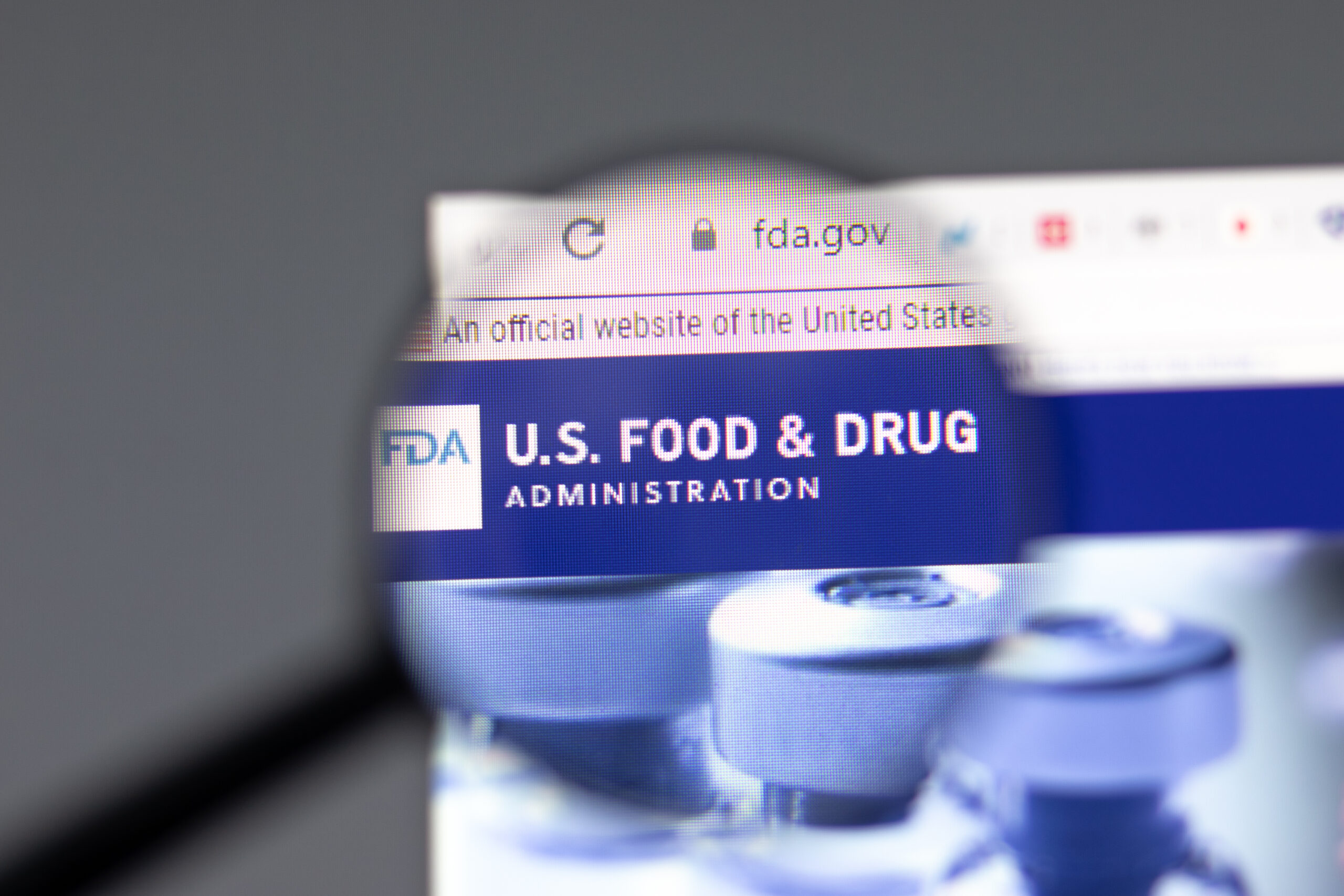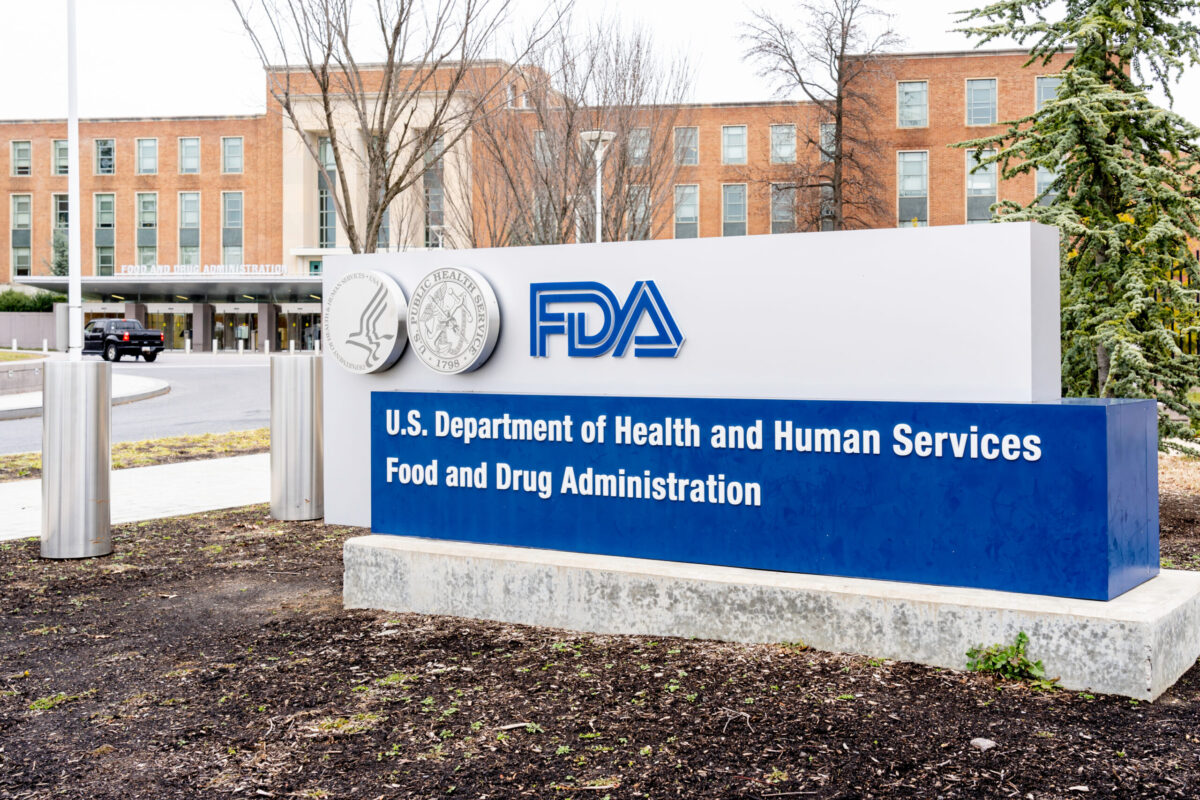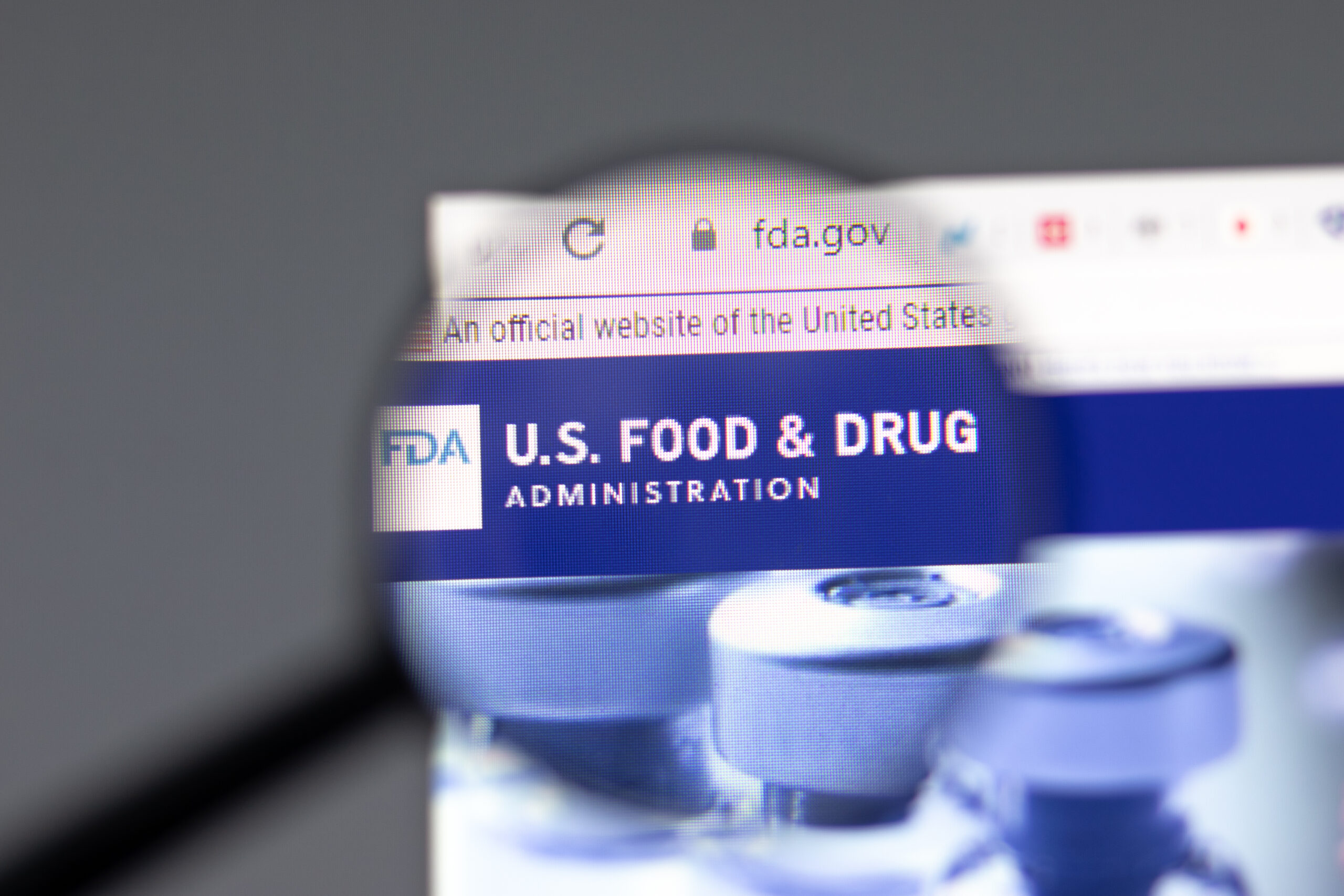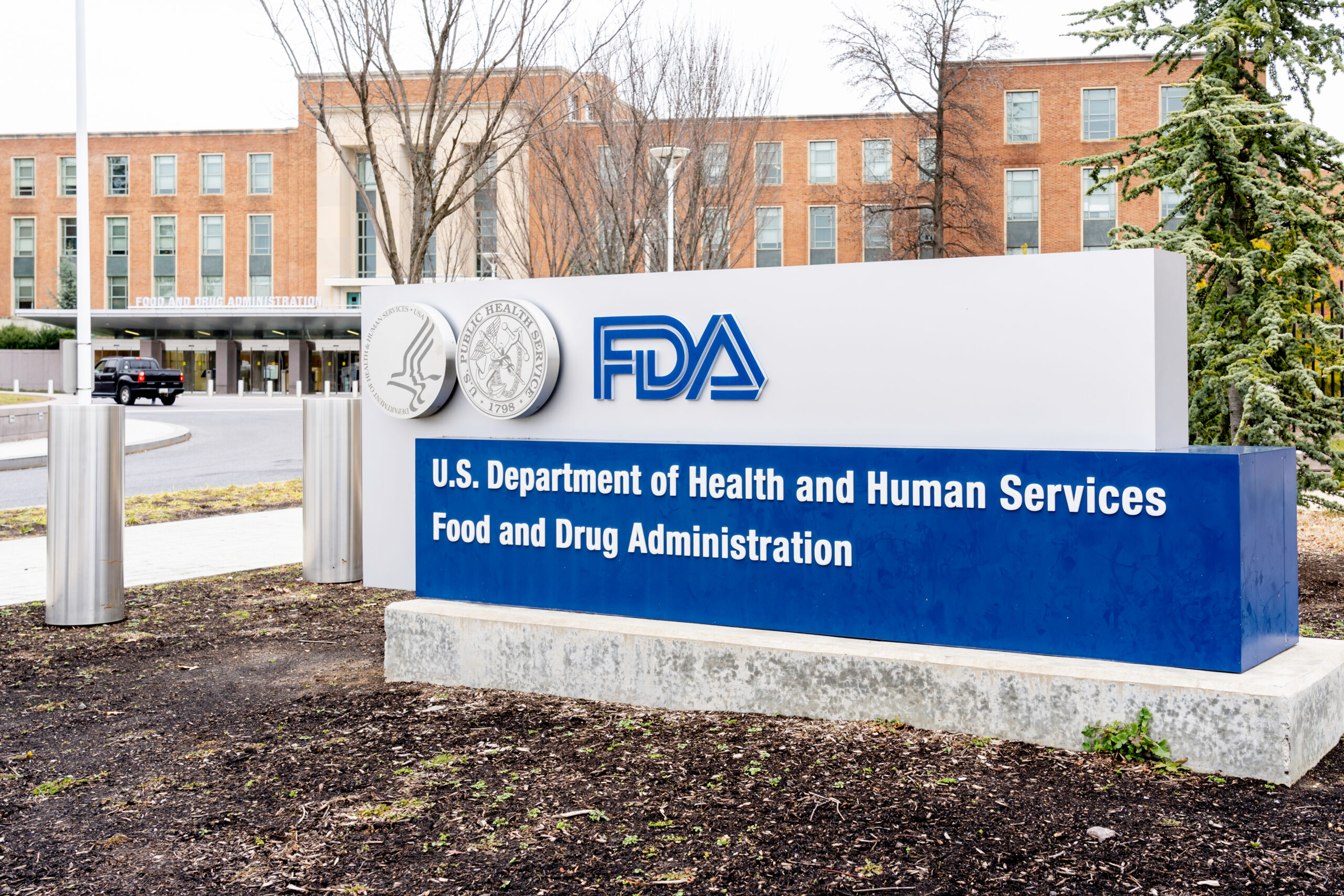While many assume that patients prescribed large quantities of opioid drugs – such as oxycodone – for chronic pain are at the highest risk of abuse and dependence, new research suggests that small prescriptions for these narcotic painkillers could be just as dangerous. According to researchers at the Perelman School of Medicine at the University of Pennsylvania, patients who received a prescription for 30 or more pills were two times as likely to get a refill on that prescription within six months.
Patients with minor injuries, such as a sprained ankle, are often prescribed small quantities of opioids, between 15 and 40 pills. The researchers say that these prescribing habits for opioids can be inappropriate for treating acute pain, and even if a patient is opioid-naïve, a small number of pills could lead to problems down the line.
“The substantial variation in prescribing patterns of such extremely addictive medications for minor injuries results in many thousands of pills entering the community, and places patients at an increased risk of continued use and potentially addiction,” said Dr. M. Kit Delgado, an assistant professor of Emergency Medicine and Epidemiology at Penn. “It’s vital that we identify and understand the root causes of this growing issue.”
The ongoing opioid epidemic in the US has led to a record number of opioid-related deaths, leading doctors, researchers and regulators to second-guess the current standards for prescribing opioids. Delgado and his colleagues presented their findings at the Society for Academic Emergency Medicine annual meeting.
The researchers analyzed insurance claims data from over 53,000 patients in the US, who sought urgent care from an emergency room for a sprained ankle between 2011 and 2012. On average, just seven percent of these patients were prescribed opioids to treat the acute pain, however some states showed higher rates of prescribing, compared to others.
For instance, sixteen percent of patents with an ankle sprain in Mississippi were prescribed opioids, compared to 1.6 percent in Delaware. The median number of pills prescribed to these patients was 20, however five percent of them were given a script for over 60 pills.
“Looking only at the cases analyzed in this study, if all prescriptions written for more than 20 pills were instead written for only 20, there would have been 37,721 fewer opioid pills entering the community,” said Delgado. “If extrapolated more broadly to the treatment of other minor injuries, this likely translates to millions of highly addictive and unnecessary prescribed pain medications filtering into the community. The study illustrates the potential benefit of laws to limiting new opioid prescriptions for acute pain to no more than five-day supply, as was recently passed in New Jersey.”
According to Dr. Jeanmarie Perrone, a professor of Emergency Medicine and director of Medical Toxicology, opioid drugs are likely not the most appropriate medication for pain management for such a minor injury. Delgado and Perrone advocate for more stringent prescribing practices for opioids to ensure that only patients who absolutely require the drugs are given scripts.
“An even more critical aspect of this study is that many would argue that opioids should not be prescribed for ankle sprain at all,” said Perrone. “Exposing young patients with an ankle sprain to opioids is unnecessary and risky. To limit the escalation of the opioid epidemic in this country, it’s critical to keep these medications limited to patients whose injuries absolutely require them, and limit exposure to opioids for all other patients.”












Join or login to leave a comment
JOIN LOGIN